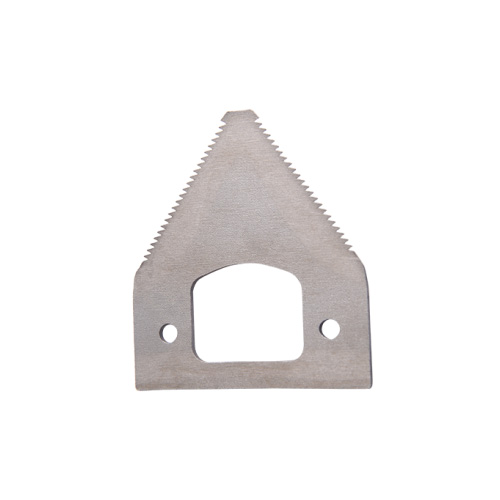Common faults and repair methods of rice harvesters
2024-05-09
Damaged cutting harvester blade: This is mainly caused by the cutting blade hitting hard objects such as rocks and roots during the cutting process, the loosening or deformation of the blade guard, and the loosening of the blade rivets, causing collisions during cutting. To prevent blade damage, operators should avoid obstacles in front of the cutting blade and properly install the cutting blade when maintaining the harvester.
Broken knife pole: Besides the excessive resistance of knife movement, the main cause of knife pole breakage is the incorrect installation position of the knife driving mechanism. To prevent knife pole breakage, adjust the cutting blade correctly to reduce the resistance of knife movement and adjust the installation position of the knife driving mechanism to meet the assembly requirements.
Slip of the conveyor on the cutting platform: The primary reason for this problem is that the clearance between the spiral blades of the conveyor and the bottom plate of the cutting platform is too large. To prevent this fault, adjust the clearance between the harvester blades and the box panel of the cutting platform correctly according to the density, height, and other factors of the crop. For harvesting short crops, the clearance can be reduced to about 10 mm. When the edge of the spiral blade becomes smooth, small teeth can be made on the edge of the blade with a key cutter to restore and increase the pushing ability.
Drum blockage: There are many causes of drum blockage, such as the gap between the drums being too small, insufficient engine power, belt slipping, resulting in insufficient drum speed, insufficient speed of the axial wheel and axial picker, and stem discharge. congestion due to too wet or dense crops, too much tough grass, and too fast harvester traveling speed. To prevent drum blockage, increase the clearance between the drum and the concave plate to a suitable level when harvesting more highly dense, damp crops, reduce the forward speed or temporarily stop, adjust the tightness of the transmission belt, and properly adjust the drum speed and the clearance of the axial picker's wood bearings.
Chain breakage: There are also many causes of chain breakage, such as the sprockets of the transmission circuit not in the same plane, the bending of the transmission shaft, the continuation of using severely worn chains, inappropriate chain tension, sprocket wear exceeding the allowable limit, the open pin of roller chains breaking, falling off, or the joint clip being installed in the wrong direction, serious wear of the hook chain, etc., which results in chain failure or breakage. To prevent this problem, ensure that the sprockets of the same transmission circuit are in the same rotation plane, regularly check the wear of the chain, promptly repair and replace it, regularly check the open pin of the chain joint, replace it if necessary, straighten the bent transmission shaft to ensure that the swing of the sprocket does not exceed the allowable limit when it rotates, properly adjust the chain tension, and lubricate the transmission chain in time.



